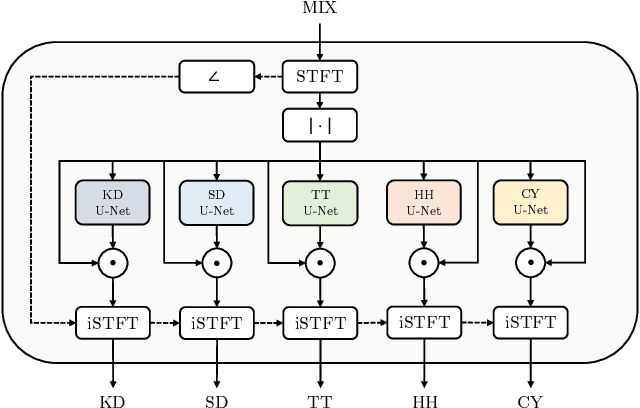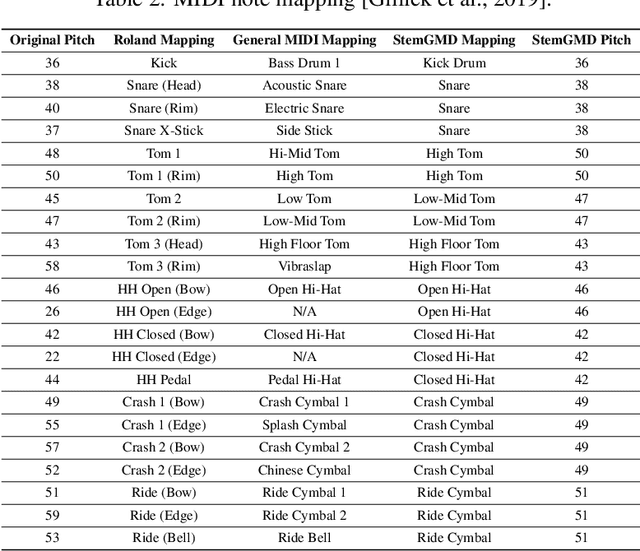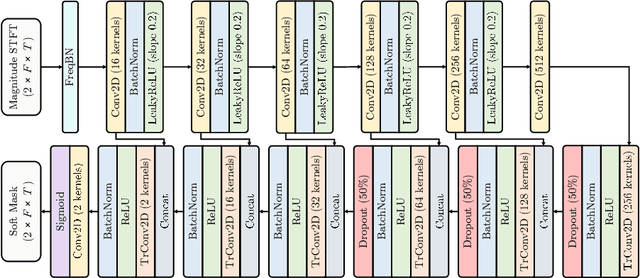Riccardo Giampiccolo
Data-Driven Room Acoustic Modeling Via Differentiable Feedback Delay Networks With Learnable Delay Lines
Mar 29, 2024Abstract:Over the past few decades, extensive research has been devoted to the design of artificial reverberation algorithms aimed at emulating the room acoustics of physical environments. Despite significant advancements, automatic parameter tuning of delay-network models remains an open challenge. We introduce a novel method for finding the parameters of a Feedback Delay Network (FDN) such that its output renders the perceptual qualities of a measured room impulse response. The proposed approach involves the implementation of a differentiable FDN with trainable delay lines, which, for the first time, allows us to simultaneously learn each and every delay-network parameter via backpropagation. The iterative optimization process seeks to minimize a time-domain loss function incorporating differentiable terms accounting for energy decay and echo density. Through experimental validation, we show that the proposed method yields time-invariant frequency-independent FDNs capable of closely matching the desired acoustical characteristics, and outperforms existing methods based on genetic algorithms and analytical filter design.
Toward Deep Drum Source Separation
Dec 15, 2023



Abstract:In the past, the field of drum source separation faced significant challenges due to limited data availability, hindering the adoption of cutting-edge deep learning methods that have found success in other related audio applications. In this manuscript, we introduce StemGMD, a large-scale audio dataset of isolated single-instrument drum stems. Each audio clip is synthesized from MIDI recordings of expressive drums performances using ten real-sounding acoustic drum kits. Totaling 1224 hours, StemGMD is the largest audio dataset of drums to date and the first to comprise isolated audio clips for every instrument in a canonical nine-piece drum kit. We leverage StemGMD to develop LarsNet, a novel deep drum source separation model. Through a bank of dedicated U-Nets, LarsNet can separate five stems from a stereo drum mixture faster than real-time and is shown to significantly outperform state-of-the-art nonnegative spectro-temporal factorization methods.
 Add to Chrome
Add to Chrome Add to Firefox
Add to Firefox Add to Edge
Add to Edge